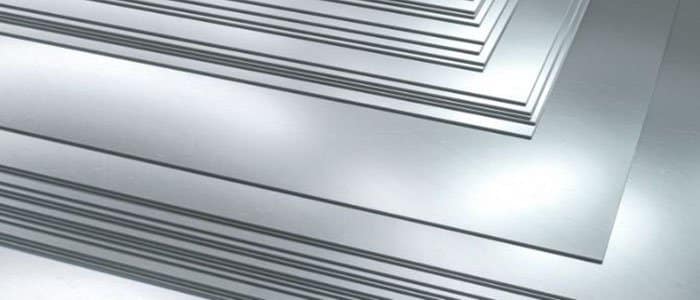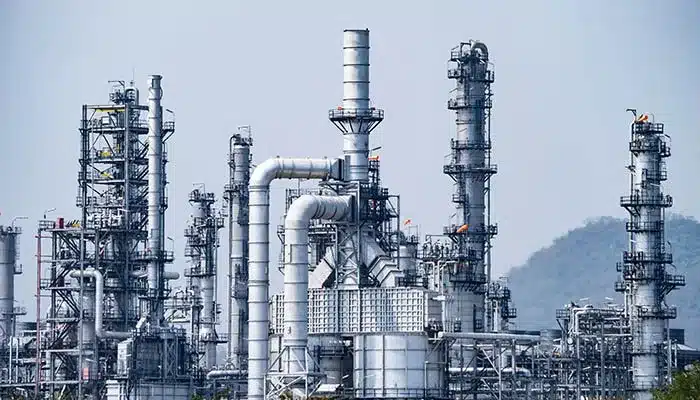In demanding industrial environments, material selection is a critical decision that impacts safety, longevity, and operational costs. Engineers frequently specify Hastelloy, a family of nickel-molybdenum and nickel-chromium-molybdenum alloys, for applications involving aggressive chemicals and high temperatures.
This article objectively analyzes the advantages and disadvantages of Hastelloy alloy to help you better understand Hastelloy alloy and choose the appropriate metal material.
What is Hastelloy?
Hastelloy is a registered trademark for a range of nickel-based alloys. The performance traits stem from a composition mainly of nickel, enhanced by substantial quantities of molybdenum, chromium, and, in certain grades, tungsten. This elemental matrix provides a level of resistance to chemical attack that exceeds that of conventional stainless steels.
Key Strengths
The primary reasons for selecting Hastelloy are rooted in its measurable performance under extreme conditions.
-
High-Level Corrosion Resistance
The most significant attribute of Hastelloy is its resistance to a wide range of corrosive media.
- Performance in Reducing Environments: Alloys such as Hastelloy B-3 are formulated for resistance to non-oxidizing acids like hydrochloric and sulfuric acid.
- Performance in Oxidizing Environments: Grades like C-276 and C-4 demonstrate stability in oxidizing environments, including those containing nitric acid, chlorine, and ferric/chloride solutions.
- Resistance to Localized Attack: Hastelloy provides reliable protection against localized forms of corrosion, including pitting, crevice corrosion, and stress-corrosion cracking, which are common failure modes for less resistant alloys.
-
High-Temperature Strength and Stability
Hastelloy maintains its mechanical properties at elevated temperatures where many other alloys would experience creep or loss of tensile strength. This characteristic makes it suitable for components in furnaces, gas turbines, and jet engines, where structural integrity at high temperatures is essential.
-
Broad Range of Applications
Due to these properties, Hastelloy is used across several critical sectors:
- Chemical Processing: For reactors, heat exchangers, and piping systems.
- Pharmaceutical: In vessels and mixers requiring high purity and chemical inertness.
- Aerospace: For engine and exhaust system components.
- Pollution Control: In scrubbers and flue-gas desulfurization units.
- Energy: For components in nuclear and geothermal power generation.
Limitations and Practical Considerations
A balanced evaluation must also account for the factors that can limit the use of Hastelloy.
-
High Material Cost
The most considerable drawback is its price. The constituent elements—nickel, molybdenum, and chromium—are high-cost commodities, and the alloy’s complex manufacturing process adds to the final expense. For applications in less aggressive environments, a more economical material like stainless steel may provide a sufficient service life at a lower initial cost.
-
Fabrication and Welding Requirements
Working with Hastelloy requires specific knowledge and procedures.
- Work Hardening: The alloy work-hardens at a high rate, which means it becomes stronger and less ductile during machining and forming. This necessitates lower speeds, higher cutting forces, and specialized tooling.
- Welding Protocol: Welding must be performed with strict adherence to established procedures to maintain the alloy’s properties. Factors such as heat input, shielding gas composition, and joint cleanliness are critical. This often requires certified welders and can increase fabrication costs and timelines.
-
Availability and Lead Times
Compared to standard materials like carbon steel or 304/316 stainless steel, Hastelloy is less readily available. Specific grades, sizes, or product forms may not be stocked and could require a mill production order, resulting in longer lead times that can affect project planning.
Decision Factors: When to Specify Hastelloy
The decision to use Hastelloy should be based on a risk and cost-benefit analysis.
- Specify Hastelloy when: The operating environment involves exposure to highly corrosive chemicals (particularly chlorides or strong acids), high temperatures, or a combination of these stressors. In these scenarios, the higher initial investment is often justified by lower lifecycle costs, reduced maintenance, and the avoidance of premature failure.
- Consider Alternatives when: The service environment is only mildly or moderately corrosive, and operating temperatures are within the limits of standard stainless or duplex alloys. In such cases, the cost of Hastelloy may not be economically viable.
Conclusion
Hastelloy offers a distinct set of performance characteristics, most notably its corrosion resistance and high-temperature stability. These attributes make it a critical material in industries where component failure is not an option.
However, significant costs and fabrication requirements balance its use. The optimal application of Hastelloy is in situations where its unique properties are essential to the success and safety of the project. A thorough evaluation of the service conditions is the key to making a sound material selection.
Daxun Alloy Co., Ltd. supplies Hastelloy alloy materials in a wide range of grades. Looking for the right Hastelloy alloy? Contact us today.




